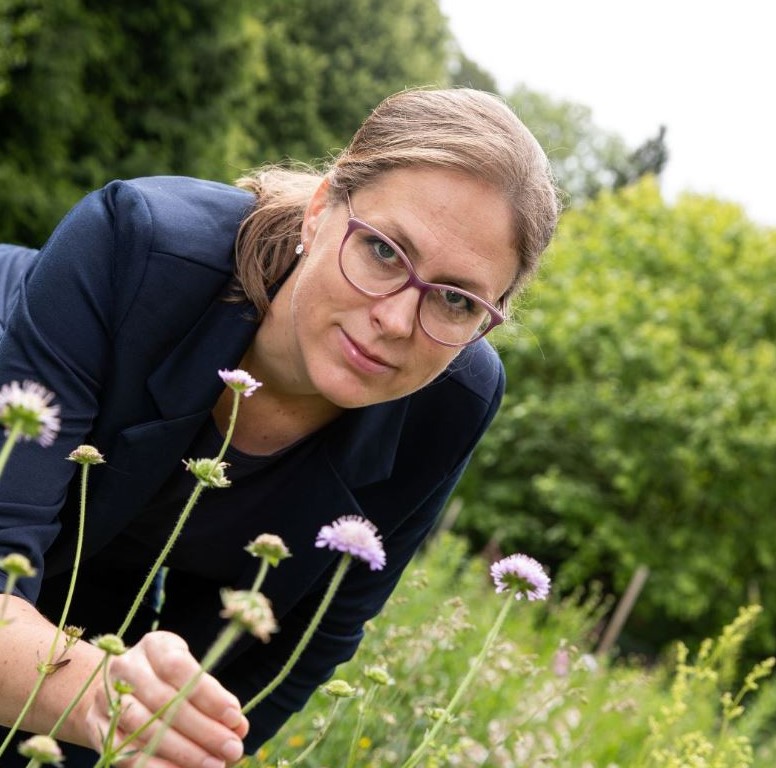Castanea sativa

Si-Chong Chen
Macroecology of seed dispersal distance
Seed dispersal is critically important in plant regeneration, but patterns in seed dispersal distance have been much less studied at a broad scale. We collated the most geographically and taxonomically broad database of seed dispersal distance. With this collation, we showed a latitudinal gradient in seed dispersal distance, with seeds dispersed on average more than an order of magnitude further at the equator than towards the poles. This pattern is partially explained by plant life-history traits that simultaneously associate with seed dispersal distance and latitude, including dispersal mode and plant height. Species that dispersed far are more likely to be those long-lived species with large, non-dormant seeds. This indicates that spatial dispersal and temporal dispersal are bet-hedging strategies. Since seed dispersal is a complex process, we also evaluate the relative importance of each phase in species having more than one dispersal phase. Dispersal distances of the two diplochorous phases were independent and comparable to that of single-phase dispersal. Therefore, the two phases of diplochory form a coordinated dispersal strategy. These findings allow a better understanding of plant reproductive strategies and a potential avenue to predict the restoration potential, community assembly and species persistence under global changes.
Dr Chen is a research fellow at the Royal Botanic Gardens, Kew. Her research focuses on the macroecological patterns of seed dispersal, seed predation, seed storage and related disciplines. Her approach to seed ecology aims at reducing the gaps between data, intuitive ideas and theories, enhancing the integration of replicated studies at a macro-ecological scale, from a local scale and a small number of species to a global scale spanning different biomes and taxonomic groups.

Mark Ooi
Using seed ecology to inform biodiversity conservation
Many questions remain surrounding both the importance of less commonly measured seed traits and the response of well-studied traits to shifting conditions. Climate change is leading the shift in ecological processes, and fires are arguably one of the most spectacular examples of such shifts. Fire regimes are changing and recent megafires around the world are examples of the extremes that fire events can reach. Plant species are adapted to historic fire regimes, persisting within thresholds of fire frequency, seasonality, severity and extent. Developing an understanding of how shifting fire regime elements can impact persistence and recovery of plant species is therefore essential for conserving biodiversity. Seeds provide an incredible resource in this endeavour. They are key drivers of plant population dynamics and their study can allow us to predict the trajectories of functional groups of species. Seeds are also critical for applied restoration, where plant populations have been pushed past the limits for natural recovery. Drawing on the results from recent research, I will look at how different elements of the fire regime, including extreme fire severity and out-of-season burns, interact with plant and seed ecological processes to determine which species may persist and which will struggle. While the reduction of climate change impacts requires a global effort, a clear understanding of local processes can help to provide informed conservation management, while local restoration efforts can help to minimise negative impacts for those species most at risk.
Dr Ooi is a Senior Research Fellow at the Centre for Ecosystem Science, part of the School of Biological, Earth & Environmental Sciences at the University of NSW in Sydney, Australia. His research interests include fire and plant (particularly seed) ecology. A lot of his work is focused on understanding the mechanistic responses of plant populations to the fire regime, threatened species conservation and the effects of climate change.

Anna Bucharova
Seeding the future: evolutionary perspective on seed-based restoration
Restoration of degraded habitats is an indispensable tool for combatting the current biodiversity crisis. As degraded habitats often lack plant diaspores, successful terrestrial restoration commonly requires introduction of plant seeds from other sources. During the seed production and restoration seeding, plants repeatedly face novel environments, which provides an excellent opportunity to study rapid adaptation. Restoration seeds are collected in the wild and either directly used in restoration or propagated on seed farms to increase their amount. However, agricultural propagation imposes a specific selection pressure which shifts plant trait distributions towards larger size and synchronized flowering – in parallel with domestication syndrome in crops. Fortunately, these changes are rather small, affect only fraction of cultivated species, and do not reduce plant adaptation to stress. The plants from farm-produced seeds even show signs of regional adaptation, suggesting that their natural integrity is largely maintained through the cultivation process. Restoration seeds are sown to degraded or destroyed habitats whose soils, water regime or management typically differ from the conditions at natural sites. We have shown that some species adapt to such new conditions; for example, plants from restored grassland flower earlier and have stronger clonal propagation than conspecifics from natural grasslands that served as the seed source for the given restoration project. Such rapid adaptations may contribute to species persistence at restored sites and ultimately to restoration success.
Dr Anna Bucharova is a professor of Conservation Biology at the Philipps University Marburg, Germany. She is a botanist with a broad background in evolutionary and ecological plant sciences. Her research field is mainly evolutionary restoration ecology with special emphasis on restoration genetics, provenance selection, and adaptation to novel environments. Much of her recent work is focused on sourcing and production of seeds for ecosystem restoration.

Andrea Mondoni
Seeds and climate change: what can we learn from alpine and arctic biomes?
Plant regeneration from seeds will undoubtedly be affected by climate warming because it is a highly sensitive and climatically driven stage of plant development. Furthermore, the genetic diversity, phenotypic plasticity and dispersal ability of seeds might be crucial for species persistence and/or migration. The alpine and arctic life zones, with their cold-adapted species and some of highest rates of warming, provide excellent opportunities to assess the climate-related impacts on plants. Here, we synthetize current knowledge on seed traits and functions that largely determine the ability of plants to disperse, persist, germinate, and establish. Using this information, we identify the main effects of climate change on regeneration by seeds for species typical of alpine and arctic environments and suggest future research on the topic.
Andrea Mondoni is an associate professor of Applied Botany at the University of Pavia (Italy). He is a plant ecologist with a particular interest in understanding the environmental drivers of germination and dormancy in wild species, and the potential impacts of climate change on plant regeneration. His research has mainly focused on alpine plants, combining field and laboratory experiments. He is also interested in theory and practice of ex situ conservation in gene banks.


